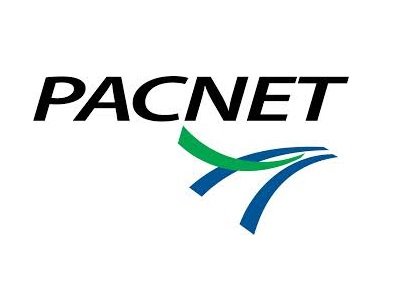Hong Kong and Singapore-based service provider Pacnet has launched PEN 2.0, a new version of its Pacnet Enabled Network (PEN) platform.
Pacnet is touting PEN as a pan-Asian Network-as-a-Service (NaaS) architecture for cloud deployments, and has extended it into the US on top of deployments in Australia, Hong Kong, Japan and Singapore. Pacnet got PEN up and running quickly thanks to the use of the OpenStack cloud platform, the company's vice president of product architecture, John Vestal told DatacenterDynamics recently in an article about the impact of OpenStack on Asia's cloud industry.
Now PEN 2.0 widens the scope of software-defined networking (SDN), according to Vestal, allowing a broader set of services in traditional network topologies to be deployed and scaled on demand. In addition, it also improves hybrid cloud deployment for customers, allowing connectivity from enterprise-class data centers and private clouds to any external cloud vendors--all while offering the same ability to burst workloads via the on-demand bandwidth feature that was introduced in the first release of PEN.
Various enhancements aside, PEN 2.0 offers three new features, starting from its support of Network Functions Virtualization (NFV) solutions in an OpenStack environment that includes vFirewall and vRouter.
In addition, PEN 2.0 also adds support for the creation of VLANs (Virtual local area network) that spans across multiple endpoints. One advantage is that it allows Pacnet to establish a dedicated Ethernet connection directly to the Amazon Web Services (AWS) environment, and extend these circuits anywhere across a customer’s network.
The final new feature of PEN 2.0 would be the integration of approval chains for secure access to the service platform. “The approval chain allows customers to define their own workflows for the PEN 2.0 environment through the workflow management tool,” writes Vestal in an entry in the corporate blog. “Only a series of users or user groups who have been granted permission are allowed to approve workflow/environment modifications.”

